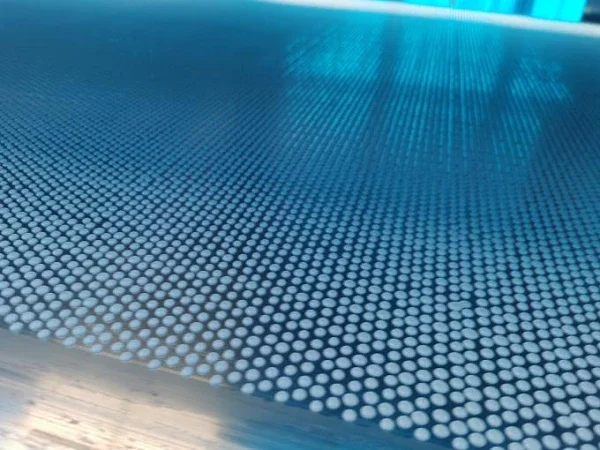- This topic is empty.
-
AuthorPosts
-
20/05/2025 at 17:51 #3812
In industries ranging from pharmaceuticals to fertilizers and chemicals, the granulation process is critical in transforming raw materials into uniform, consistent granules that ensure optimal product performance. Among the various granulation technologies, the steel belt granulator has emerged as a vital tool in improving production efficiency and product quality. Known for its reliability and precision, the steel belt granulator is an essential piece of equipment in many manufacturing processes. This article Little Sky will explore the granulation process of steel belt granulators in modern industries.

The Fundamentals of Steel Belt Granulators
A steel belt granulator is a machine that uses a steel conveyor belt as the primary means for processing and forming granules from raw material powders. The granulation process typically begins with the addition of a binder to a powder mass, creating a wet mixture. This mixture is spread evenly onto the moving steel belt, where it is processed into granules under controlled conditions of temperature and pressure. As the material moves along the belt, the granules are formed, dried, and separated to produce the final product.
Steel belt granulators are widely used because of their ability to handle both small and large-scale productions efficiently. The design and construction of these machines allow for precise control over factors such as particle size, binder application, and drying conditions, resulting in uniform granules that meet specific quality standards.
Granulation Process of a Steel Belt Granulator
Understanding the operational process in a steel belt granulator provides insights into how the machine works to form granules. The process can be broken down into several stages, each of which is essential to ensuring a high-quality output.
1. Powder Preparation
Before entering the granulation machine, the raw material (typically a powder or fine granulate) must be prepared. This involves ensuring that the powder has the proper particle size distribution and that any other ingredients (such as active pharmaceutical ingredients, fillers, or excipients) are well-mixed. In many cases, the powder is pre-screened or pre-mixed to ensure that it is uniform in texture and free of lumps or larger particles that might interfere with the granulation process.
2. Binder Addition
Once the material is fed onto the steel belt, the binder is added via the spray system. The binder is typically a liquid substance such as water, solvent, or a specific binder compound designed for the particular material being processed. The binder helps bind the powder particles together and promotes the formation of larger agglomerates. The key to successful granulation lies in the controlled application of the binder. Too much binder can result in clumping or oversaturation, while too little can lead to poor granule formation.
3. Granule Formation
As the powder moves along the steel belt, the granulation zone ensures that the material is sufficiently mixed and agglomerated. This is where the particles begin to form clusters and bond together due to the effect of the binder. The mechanical actions of the rollers or other compressive devices further help shape the granules. During this stage, operators carefully monitor the granule size and the moisture content to ensure that the granules are formed within the required specifications.
4. Drying
Once the granules have been formed, they are moved into the drying section, where the moisture content is reduced. This step is crucial, as excessive moisture can cause clumping or sticking, while insufficient moisture can prevent the granules from forming correctly. The drying section uses hot air, heated surfaces, or infrared radiation to remove the moisture from the granules. The temperature is carefully controlled to prevent overheating and degradation of the material.
5. Cooling
After drying, the granules pass through the cooling section, where they are brought down to the desired temperature. This is essential for ensuring the granules retain their shape and consistency. Cooling also prevents the granules from becoming too brittle or too soft, which can affect their handling and storage properties.
6. Sieving and Separation
Once cooled, the granules are separated by size in the sieving system. The final granules are categorized into different size ranges, and any off-spec granules are either discarded or recycled back into the process.
Steel belt granulators are vital machines in many manufacturing processes, particularly in industries that require high-quality granules for end products. By utilizing key components such as the steel conveyor belt, spray system, granulation zone, and drying sections, steel belt granulators efficiently produce granules with controlled size and moisture content. Understanding the components and operational steps of steel belt granulators allows manufacturers to optimize their processes and ensure consistent, high-quality products.
https://www.th-littlesky.com/PRODUCT
http://www.th-littlesky.com
Little Sky Mechanical Engineering Kabushiki Kaisha -
AuthorPosts
- You must be logged in to reply to this topic.